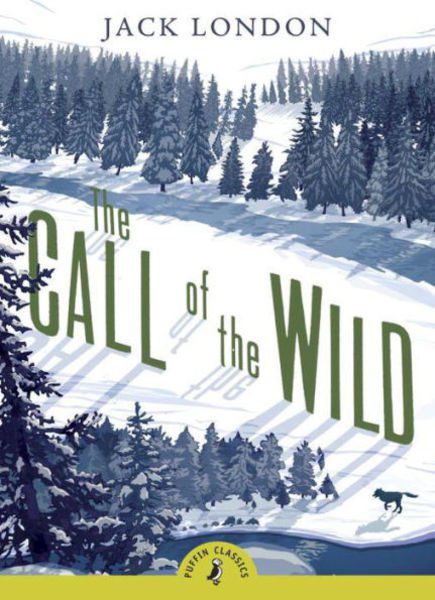BOOKS: Call of the Wild: Jack London
Published 11:00 am Saturday, February 29, 2020

- Call of the Wild
“Call of the Wild” is the story of a dog.
Buck.
The story of a domesticated dog, a beloved pet, that is taken from its home, endures brutal conditions alone and under the hands of brutal men, and good men, as Buck makes his way into the cold, remote reaches of the north.
As Buck survives each escalating incident in his life, the domesticated veneer is stripped from him. The tame dog leaves civilization behind literally, but more importantly, figuratively.
Buck is transformed not into something all-together new but rather stripped down to the essence of what he truly is.
It’s the story of a dog but something much more.
Jack London did not write a book about Clark Gable befriending a dog, as was the case of the 1935 movie adaptation of “Call of the Wild.” Or Charlton Heston in the 1970s. Nor did he write a book about Harrison Ford befriending a cartoon dog as seems the case of the movie adaptation just released in theatres.
London wrote a book about a dog’s indomitable will and triumphant spirit. A dog that embodies the Robert E. Howard line: “Barbarianism is the natural state of mankind. Civilization is unnatural. It is the whim of circumstance.” London may have well substituted “the world” for “mankind” in regard to the theme of “Call of the Wild.”
London did, however, counterbalance the motif with “White Fang,” the story of a wild wolf that becomes “civilized.”
No, “Call of the Wild” is not about a dog becoming friends with a man. It’s about escaping the need for mankind and civilization. It’s a dog story that is an allegory about the nature of mankind and civilization.
Possibly the best adaptation of “Call of the Wild” is an episode of the old TV show “Northern Exposure.”
As two men travel into the Alaskan frontier to bury an old friend, DJ Chris reads excerpts from both “Call of the Wild” and “White Fang.” The readings and the episode capture the spirit of both books which define the natures of the two characters traveling in the woods to say goodbye to their old friend.
Sometimes, the civilized must find the savage within to survive the changing world; sometime, the savage must adapt to the changing world to survive.
Both books are well worth a revisit.





